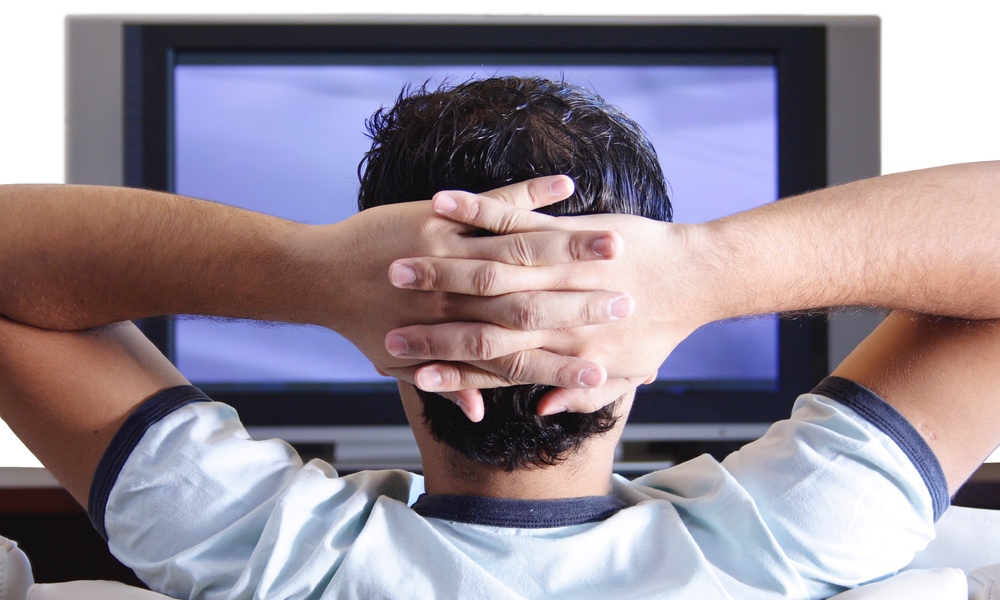Throngs of former couch potatoes hit the track or the treadmill with well-intentioned but unrealistic exercise goals, driven by a New Year's resolution to lose weight. And too often, it's the feet that ultimately pay the price.
Practitioners who treat sports-related foot and ankle injuries are currently bracing for the annual influx of patients with foot pain linked to New Year's resolutions gone wrong, said Marybeth Crane, DPM, managing partner of Foot & Ankle Associates of North Texas and a spokesperson for the American College of Foot and Ankle Surgeons.
Consider starting out with a walking program, which will be less stressful on the feet and ankles than running. Try to alternate hard workouts with easier ones.
"There are so many people who have made weight loss one of their resolutions, but unfortunately they go about it in a shotgun fashion," said Crane, who is herself an avid runner. "They tend to do too much, too soon, and too fast."

Women in particular are susceptible to neuritis as a result of wearing high-heeled, pointy-toed shoes; the added repetitive stress of exercise — especially in shoes that are too tight —can exacerbate the condition.

To keep foot and ankle problems from derailing your New Year's resolution, the ACFAS recommends consulting a physician or trainer before beginning any type of new exercise program. Wear the shoes that you're planning to wear during exercise so that the practitioner can make sure the shoes provide adequate support and fit properly. If buying new shoes, have your feet measured first.
"A lot of people probably haven't got the right running shoes, and they may not even have shoes in the right size if it's been a while since they exercised," Crane said. "We might weigh 100 pounds more than we did when we were 20, but we still think we wear the same size shoe. That's usually not the case."
Consider starting out with a walking program, which will be less stressful on the feet and ankles than running. Try to alternate hard workouts with easier ones.
Some minor foot and ankle pain can be self-treated. For heel pain, the ACFAS recommends icing the bottom of the foot before bed and stretching the plantar fascia (Figure 1) by flexing the feet and pulling back the toes, several times per day. RICE therapy (rest, ice, compression, elevation) can help with Achilles pain.
However, if pain persists for five days or more, you should see your doctor. Chances are, you'll be in good company.




